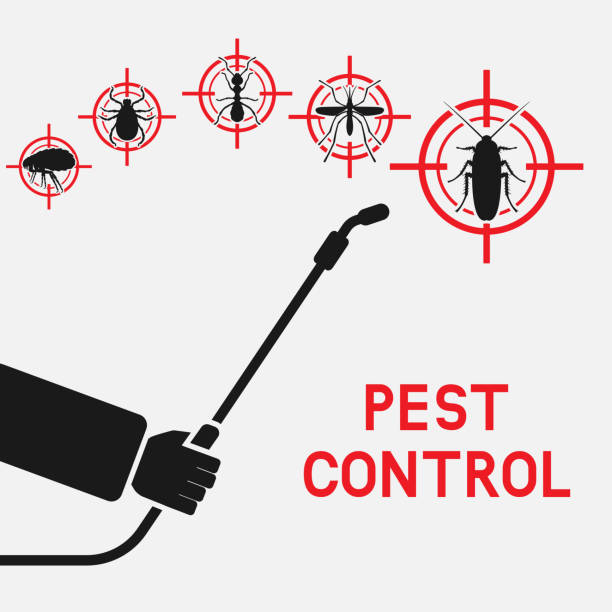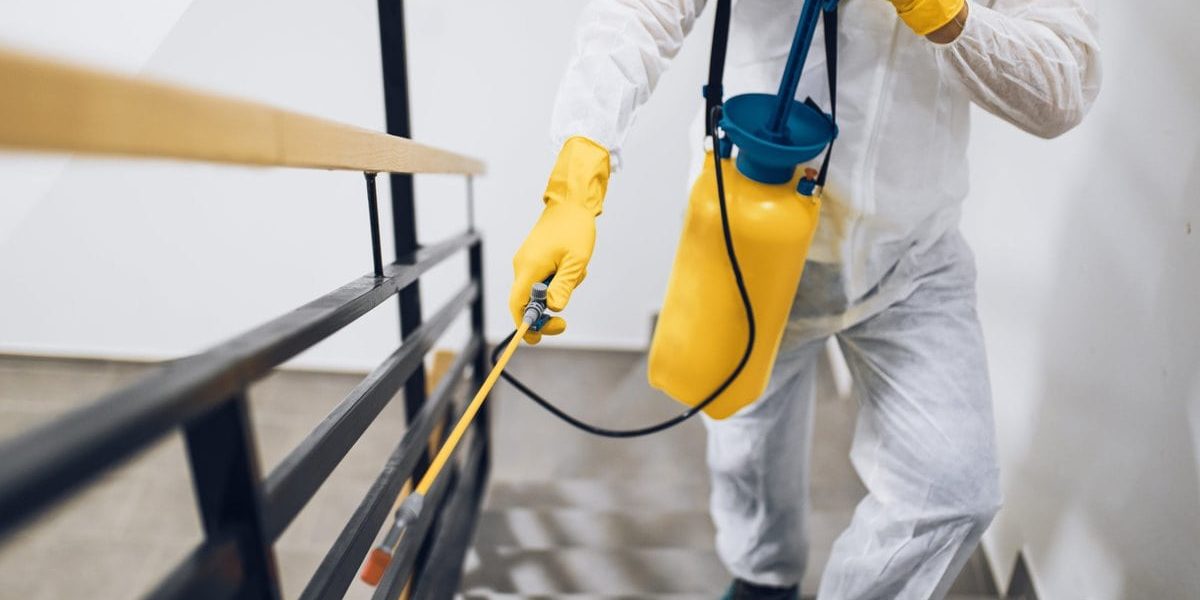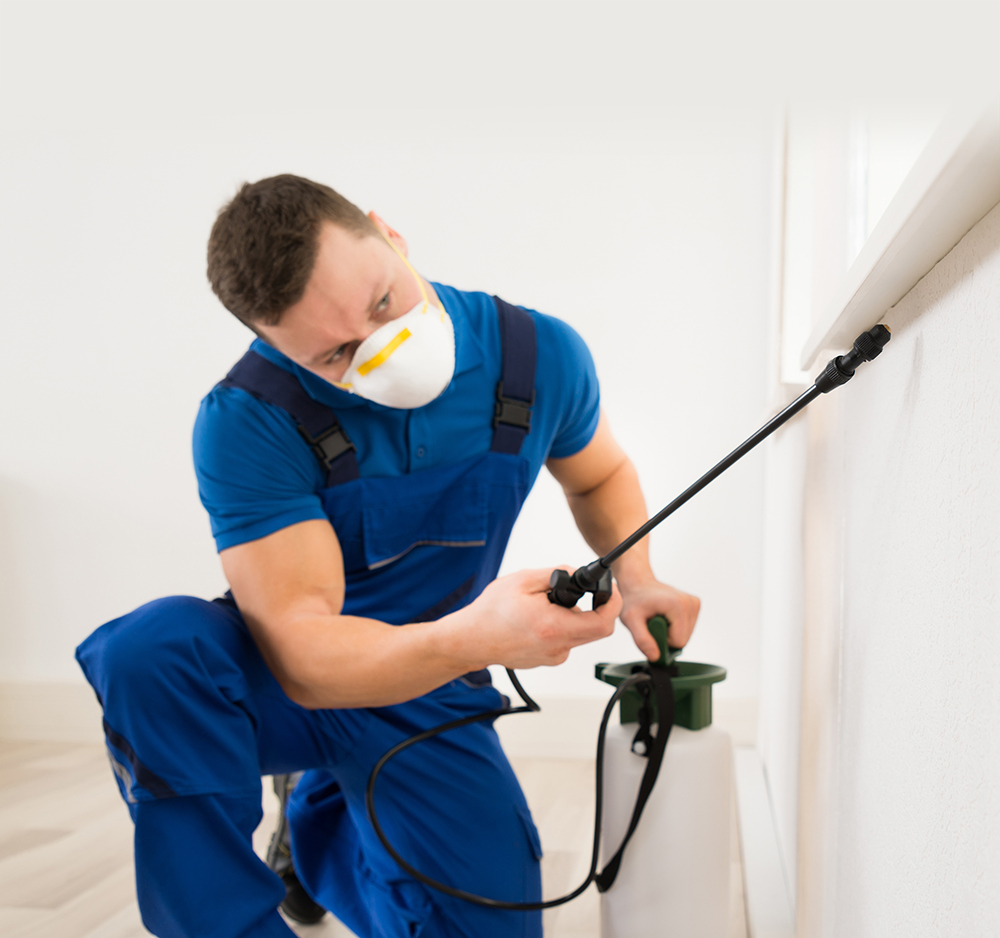Comprehensive Pest Control Visalia Services for Lasting Outcomes
Comprehensive Pest Control Visalia Services for Lasting Outcomes
Blog Article
Kinds Of Insect Control: Which Technique Is Right for Your Invasion?
When encountered with a pest infestation, the option of a suitable method for parasite control is critical in properly taking care of the circumstance. By exploring the different types of bug control methods offered, people can make informed choices tailored to their one-of-a-kind conditions, ensuring a much more lasting and reliable end result in insect removal.

Chemical Bug Control
Chemical bug control includes using artificial or normally acquired chemicals to take care of and get rid of pest populations properly. This approach is commonly utilized in farming, forestry, and property setups to combat a vast array of parasites, including rodents, insects, and weeds. The use of chemical pesticides can give quick and targeted remedies to pest problems, making it a popular choice for lots of people and organizations.
Among the essential benefits of chemical parasite control is its ability to swiftly get rid of pests, reducing the threat of damage to plants, building, and human health - pest control visalia. By using certain chemicals that target specific insects, this approach can successfully regulate problems while minimizing injury to helpful microorganisms and the environment when applied appropriately
Nonetheless, using chemical bug control also raises problems regarding prospective damaging effects on non-target species, water sources, and human health. It is important to comply with safety and security standards, apply chemicals properly, and consider alternative parasite control techniques to decrease these dangers and make certain lasting parasite administration methods.
Organic Insect Control
Biological parasite control, also recognized as biocontrol, uses living organisms to reduce and manage pest populations normally. By making use of the parasite's all-natural killers or microorganisms, biological parasite control uses a sustainable and ecologically pleasant solution to pest management.
One usual example of organic insect control is making use of ladybugs to manage aphid populations in yards. Ladybugs are all-natural predators of aphids and can assist keep their numbers in check without the usage of hazardous chemicals. In a similar way, the microorganism Bacillus thuringiensis (Bt) is made use of as an organic pesticide to manage caterpillar pests while being safe for other microorganisms.
Mechanical Pest Control
Making use of hands-on and physical approaches to manage parasite populaces, mechanical insect control offers an alternate strategy that does not depend on using living microorganisms or artificial chemicals. This technique involves using obstacles, traps, or other tools to physically deter or eliminate parasites. By blocking pest access factors or setting up catches to capture them, mechanical bug control can properly reduce problems without presenting chemicals right into the setting.
One typical example of mechanical parasite control is the usage of mesh screens on doors and home windows to stop pests from getting in buildings. pest control visalia. This straightforward yet effective approach acts as a physical barrier, keeping bugs out while enabling appropriate air flow. Additionally, tools like mousetraps, fly swatters, and ultrasonic repellents fall under the mechanical bug control classification

Physical Bug Control
An effective technique to managing parasite populaces without relying upon chemical or biological techniques includes the usage of physical bug control methods. Physical bug control techniques aim to eliminate or hinder parasites via mechanical ways as opposed to chemicals or chemicals. These techniques are usually liked for their eco-friendly nature and very little effect on non-target microorganisms.
Some common physical parasite control techniques consist of my site using barriers such as internet or screens to avoid parasite entry, traps to record and remove pests, and hand-picking to physically remove parasites from plants or frameworks. Furthermore, techniques like warmth treatments can be utilized to regulate insects like bed bugs by increasing the temperature level to degrees that are dangerous to the bugs.
Physical pest control is especially valuable in integrated pest management (IPM) go to this site techniques, where multiple insect control methods are incorporated for effective insect management while decreasing making use of chemicals. By using physical insect control techniques, individuals can successfully deal with insect invasions with minimal environmental impact.
Integrated Parasite Administration
When applying physical bug control techniques as part of bug administration methods, Integrated Insect Management (IPM) becomes a detailed approach that leverages different methods to successfully regulate pest populaces. IPM concentrates on lasting avoidance of pests through a combination of biological, cultural, physical, and chemical devices customized to specific parasite issues. By integrating several control techniques, IPM aims to lessen the risks related to insects while likewise reducing dependence on chemical solutions.

Conclusion
In conclusion, establishing the most effective approach of pest control you could try these out for your invasion depends on different factors such as the kind of pest, the degree of the infestation, and ecological factors to consider. Chemical insect control involves the use of chemicals, biological insect control uses all-natural predators, mechanical bug control involves physical barriers, physical bug control consists of trapping or getting rid of bugs, and incorporated parasite administration combines multiple techniques for an alternative method to pest control. Choose the approach that finest matches your certain circumstance.
By using the insect's all-natural predators or microorganisms, biological pest control offers a eco friendly and lasting solution to pest administration.
Using manual and physical methods to take care of pest populations, mechanical parasite control supplies a different approach that does not depend on the use of living microorganisms or artificial chemicals.An effective technique to taking care of insect populaces without counting on chemical or biological approaches includes the use of physical parasite control techniques.When carrying out physical insect control techniques as component of pest management methods, Integrated Bug Administration (IPM) emerges as an extensive approach that leverages numerous strategies to successfully regulate pest populaces. Chemical pest control involves the usage of pesticides, organic parasite control makes use of all-natural predators, mechanical parasite control includes physical barriers, physical insect control consists of capturing or getting rid of insects, and integrated parasite monitoring combines several approaches for an alternative strategy to pest control.
Report this page